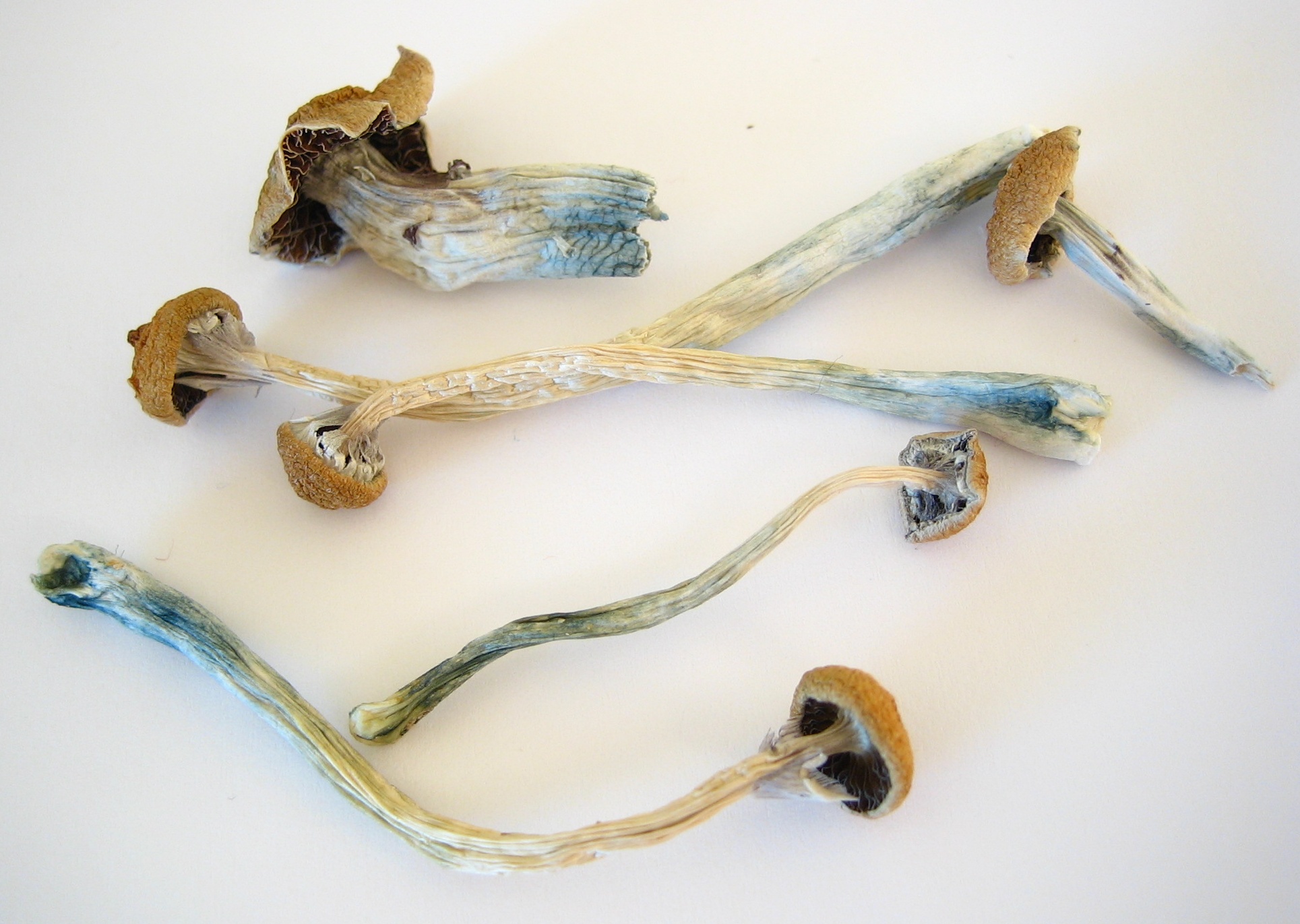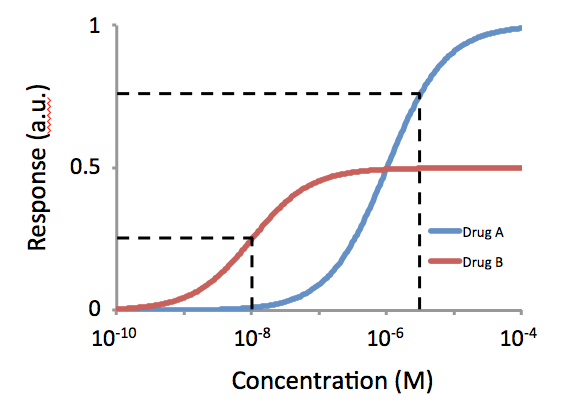|
EGX-A
EGX-A is a serotonin 5-HT2A receptor agonist and putative serotonergic psychedelic which is under development for the treatment of depressive disorders. It acts as a full agonist of the serotonin 5-HT2A receptor, shows high selectivity (>100-fold) for the serotonin 5-HT2A receptor over the serotonin 5-HT2B receptor, is much more potent as a serotonin 5-HT2A receptor agonist than psilocin, produces the head-twitch response, a behavioral proxy of psychedelic effects, in rodents, and produces antidepressant-like effects in rodents. The drug is being developed by atai Life Sciences and EntheogeniX Biosciences. As of January 2024, it is in the preclinical research stage of development. See also * List of investigational hallucinogens and entactogens * List of investigational antidepressants This is a list of investigational antidepressants, or drugs that are currently under development for clinical use in the treatment of depression but are not yet approved. Specific indicatio ... [...More Info...] [...Related Items...] OR: [Wikipedia] [Google] [Baidu] |
List Of Investigational Antidepressants
This is a list of investigational antidepressants, or drugs that are currently under development for clinical use in the treatment of depression but are not yet approved. Specific indications include major depressive disorder, treatment-resistant depression, dysthymia, bipolar depression, and postpartum depression, among others. ''Chemical/generic names are listed first, with developmental code names, synonyms, and brand names in parentheses.'' This list was last comprehensively updated in August 2024. It is likely to become outdated with time. Under development Preregistration * Buprenorphine/samidorphan (ALKS-5461) – μ-opioid receptor partial agonist, κ-opioid receptor antagonist, δ-opioid receptor antagonist, and μ-opioid receptor antagonist combination – New Drug Application (NDA) rejected in 2019, no updates since 2021 Phase 3 * Aticaprant (AVTX-501; CERC-501; JNJ-3964; JNJ-67953964; LY-2456302) – κ-opioid receptor antagonist * CYB003 (CYB-003; deuterate ... [...More Info...] [...Related Items...] OR: [Wikipedia] [Google] [Baidu] |
List Of Investigational Hallucinogens And Entactogens
This is a list of investigational hallucinogens and entactogens, or hallucinogens and entactogens that are currently under formal development for clinical use but are not yet approved. ''Chemical/generic names are listed first, with developmental code names, synonyms, and brand names in parentheses.'' The list also includes non-hallucinogenic drugs related to hallucinogens, such as non-hallucinogenic serotonin 5-HT2A receptor agonists and non-hallucinogenic ketamine analogues. Cannabinoids, or cannabinoid receptor modulators, are not included in this list. Many of the indications are not for continuous medication therapy but rather are for medication-assisted psychotherapy or short-term use only. The section that the drug is in corresponds to its highest developmental phase, not its phase for all listed indications. This list was last comprehensively updated in October 2024. It is likely to become outdated with time. Under development Preregistration * Midomafetamine (MDMA ... [...More Info...] [...Related Items...] OR: [Wikipedia] [Google] [Baidu] |
Serotonin
Serotonin (), also known as 5-hydroxytryptamine (5-HT), is a monoamine neurotransmitter with a wide range of functions in both the central nervous system (CNS) and also peripheral tissues. It is involved in mood, cognition, reward, learning, memory, and physiological processes such as vomiting and vasoconstriction. In the CNS, serotonin regulates mood, appetite, and sleep. Most of the body's serotonin—about 90%—is synthesized in the gastrointestinal tract by enterochromaffin cells, where it regulates intestinal movements. It is also produced in smaller amounts in the brainstem's raphe nuclei, the skin's Merkel cells, pulmonary neuroendocrine cells, and taste receptor cells of the tongue. Once secreted, serotonin is taken up by platelets in the blood, which release it during clotting to promote vasoconstriction and platelet aggregation. Around 8% of the body's serotonin is stored in platelets, and 1–2% is found in the CNS. Serotonin acts as both a vasoconstrictor and vas ... [...More Info...] [...Related Items...] OR: [Wikipedia] [Google] [Baidu] |
Psilocin
Psilocin, also known as 4-hydroxy-''N'',''N''-dimethyltryptamine (4-HO-DMT), is a substituted tryptamine alkaloid and a serotonergic psychedelic. It is present in most psychedelic mushrooms together with its phosphorylated counterpart psilocybin. Psilocybin, as well as synthetic esters such as 4-AcO-DMT (psilacetin; ''O''-acetylpsilocin) and 4-PrO-DMT (''O''-propionylpsilocin), are prodrugs of psilocin. Acting on the serotonin 5-HT2A receptors, psilocin's psychedelic effects are directly correlated with the drug's occupancy at these receptor sites. It also interacts with other serotonin receptors and targets. The subjective mind-altering effects of psilocin are highly variable in their qualitative nature but resemble those of lysergic acid diethylamide (LSD) and ''N'',''N''-dimethyltryptamine (DMT). Psilocin is a Schedule I drug under the Convention on Psychotropic Substances. Uses Psilocin is used recreationally, spirituality or shamanically, and medically. ... [...More Info...] [...Related Items...] OR: [Wikipedia] [Google] [Baidu] |
Drugs With Undisclosed Chemical Structures
A drug is any chemical substance other than a nutrient or an essential dietary ingredient, which, when administered to a living organism, produces a biological effect. Consumption of drugs can be via inhalation, injection, smoking, ingestion, absorption via a patch on the skin, suppository, or dissolution under the tongue. In pharmacology, a drug is a chemical substance, typically of known structure, which, when administered to a living organism, produces a biological effect. A pharmaceutical drug, also called a medication or medicine, is a chemical substance used to treat, cure, prevent, or diagnose a disease or to promote well-being. Traditionally drugs were obtained through extraction from medicinal plants, but more recently also by organic synthesis. Pharmaceutical drugs may be used for a limited duration, or on a regular basis for chronic disorders. Classification Pharmaceutical drugs are often classified into drug classes—groups of related drugs that have simila ... [...More Info...] [...Related Items...] OR: [Wikipedia] [Google] [Baidu] |
5-HT2A Agonists
Serotonin (), also known as 5-hydroxytryptamine (5-HT), is a monoamine neurotransmitter with a wide range of functions in both the central nervous system (CNS) and also peripheral tissues. It is involved in mood, cognition, reward, learning, memory, and physiological processes such as vomiting and vasoconstriction. In the CNS, serotonin regulates mood, appetite, and sleep. Most of the body's serotonin—about 90%—is synthesized in the gastrointestinal tract by enterochromaffin cells, where it regulates intestinal movements. It is also produced in smaller amounts in the brainstem's raphe nuclei, the skin's Merkel cells, pulmonary neuroendocrine cells, and taste receptor cells of the tongue. Once secreted, serotonin is taken up by platelets in the blood, which release it during clotting to promote vasoconstriction and platelet aggregation. Around 8% of the body's serotonin is stored in platelets, and 1–2% is found in the CNS. Serotonin acts as both a vasoconstrictor and v ... [...More Info...] [...Related Items...] OR: [Wikipedia] [Google] [Baidu] |
Preclinical Research
In drug development, preclinical development (also termed preclinical studies or nonclinical studies) is a stage of research that begins before clinical trials (testing in humans) and during which important feasibility, iterative testing and drug safety data are collected, typically in laboratory animals. The main goals of preclinical studies are to determine a starting, safe dose for first-in-human study and assess potential toxicity of the product, which typically include new medical devices, prescription drugs, and diagnostics. Companies use stylized statistics to illustrate the risks in preclinical research, such as that on average, only one in every 5,000 compounds that enters drug discovery to the stage of preclinical development becomes an approved drug. Types Each class of product may undergo different types of preclinical research. For instance, drugs may undergo pharmacodynamics (what the drug does to the body) (PD), pharmacokinetics (what the body does to t ... [...More Info...] [...Related Items...] OR: [Wikipedia] [Google] [Baidu] |
Antidepressant
Antidepressants are a class of medications used to treat major depressive disorder, anxiety disorders, chronic pain, and addiction. Common side effects of antidepressants include Xerostomia, dry mouth, weight gain, dizziness, headaches, akathisia, sexual dysfunction, and emotional blunting. There is an increased risk of Suicidal ideation, suicidal thinking and Suicide, behavior when taken by children, adolescents, and young adults. Antidepressant discontinuation syndrome, Discontinuation syndrome, which resembles recurrent Depression (mood), depression in the case of the Selective serotonin reuptake inhibitor, SSRI class, may occur after stopping the intake of any antidepressant. Research regarding the effectiveness of antidepressants for depression in adults is controversial and has found both benefits and drawbacks. Meanwhile, evidence of benefit in children and adolescents is unclear, even though antidepressant use has considerably increased in children and adolescents in th ... [...More Info...] [...Related Items...] OR: [Wikipedia] [Google] [Baidu] |
Head-twitch Response
The head-twitch response (HTR), also sometimes known as wet dog shakes (WDS) in rats, is a rapid side-to-side head movement that occurs in mice and rats in association with serotonin 5-HT2A receptor activation. Serotonergic psychedelics like lysergic acid diethylamide (LSD) and psilocybin consistently induce the HTR in rodents. Because of this, the HTR is widely employed in scientific research as an animal behavioral model of hallucinogen effects and in the discovery of new psychedelic drugs. The HTR is one of the only behavioral paradigms for assessment of psychedelic-like effects in animals, with the other most notable test being drug discrimination. However, the HTR is far less costly and time-consuming than drug discrimination and hence has become much more popular in recent years. Limitations of the HTR include the fact that various other drugs besides serotonin 5-HT2A receptor agonists, such as NMDA receptor antagonists and muscarinic acetylcholine receptor antagonists, ... [...More Info...] [...Related Items...] OR: [Wikipedia] [Google] [Baidu] |
Potency (pharmacology)
In pharmacology, potency or biological potency is a measure of a drug's biological activity expressed in terms of the dose required to produce a pharmacological effect of given intensity. A highly potent drug (e.g., fentanyl, clonazepam, risperidone, benperidol, bumetanide) evokes a given response at low concentrations, while a drug of lower potency (e.g. morphine, alprazolam, ziprasidone, haloperidol, furosemide) evokes the same response only at higher concentrations. Higher potency does not necessarily mean greater effectiveness nor more side effects nor less side effects. Types of potency The International Union of Basic and Clinical Pharmacology (IUPHAR) has stated that "potency is an imprecise term that should always be further defined", and lists of types of potency as follows: Miscellaneous Lysergic acid diethylamide (LSD) is one of the most potent psychoactive drug A psychoactive drug, psychopharmaceutical, mind-altering drug, consciousness-altering drug, ... [...More Info...] [...Related Items...] OR: [Wikipedia] [Google] [Baidu] |
5-HT2A Receptor
The 5-HT2A receptor is a subtype of the 5-HT2 receptor, 5-HT2 receptor that belongs to the serotonin receptor family and functions as a GPCR, G protein-coupled receptor (GPCR). It is a cell surface receptor that activates multiple intracellular signalling cascades. Like all 5-HT2 receptors, the 5-HT2A receptor is coupled to the Gq protein, Gq/G11 signaling pathway. It is the primary excitatory receptor subtype among the serotonin-responsive GPCRs. The 5-HT2A receptor was initially noted for its central role as the primary target of serotonergic psychedelic drugs such as LSD and psilocybin mushrooms. It later regained research prominence when found to mediate, at least in part, the effects of many antipsychotic drugs, particularly atypical antipsychotic, atypical antipsychotics. Downregulation of post-synaptic 5-HT2A receptors is an adaptive response triggered by chronic administration of selective serotonin reuptake inhibitors (SSRIs) and atypical antipsychotics. Elevated 5-HT2A ... [...More Info...] [...Related Items...] OR: [Wikipedia] [Google] [Baidu] |




